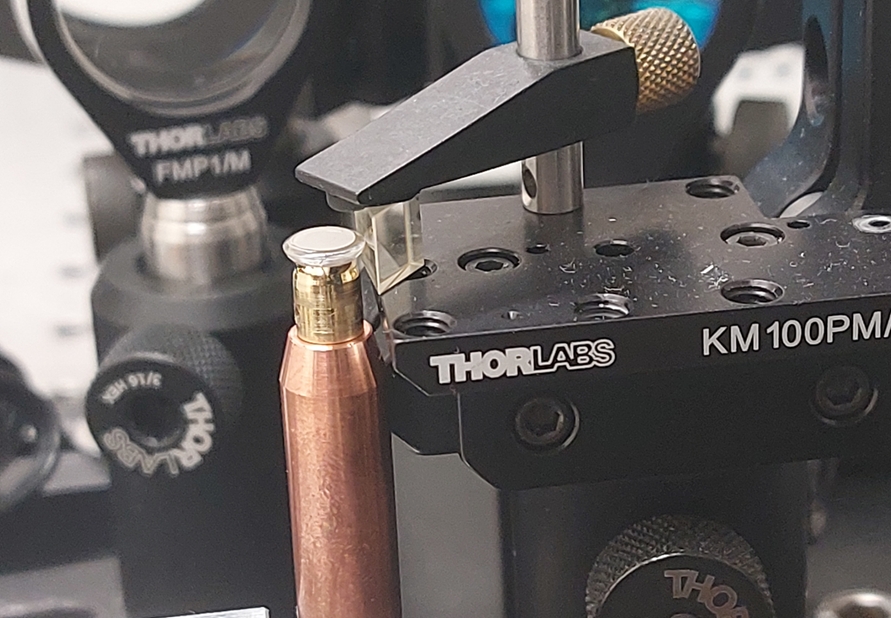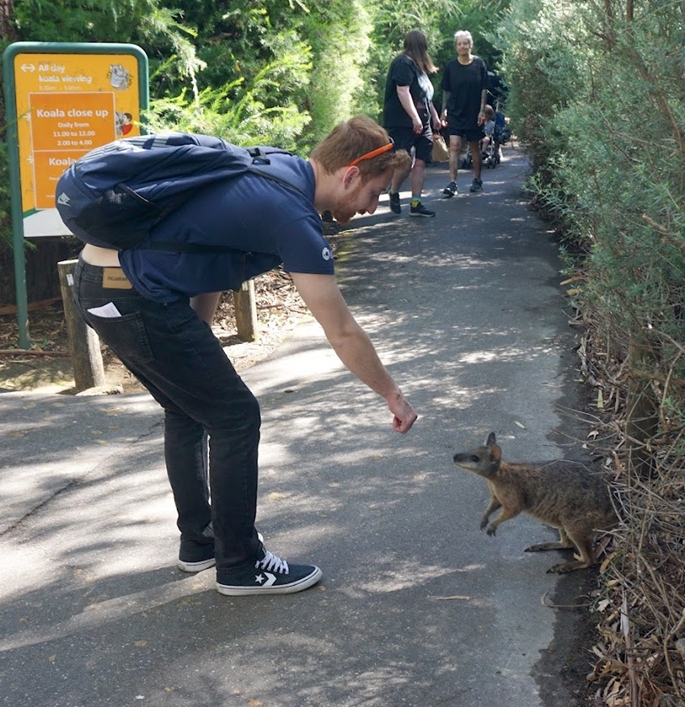Mateo Kruljac, Ph.D. Student at Institute of Physics (Zagreb, Croatia), visiting Prof. Andre Luiten at the Institute for Photonics and Advanced Sensing, The University of Adelaide

During my PhD at the Institute of Physics in Zagreb, Croatia I’ve been investigating the interaction of cold rubidium atoms with optical frequency combs. Frequency combs are mostly being used in metrology and as a laser locking reference. However, I was investigating their potential for cooling of atoms and multi-mode quantum memories, as the spectrum of the FC acts like a large number of phase-coherent cw lasers. Additionally, if the FC modes are matched with the modes of a high-finesse optical cavity in which atoms are located, it is interesting to investigate the multi-mode potential that can lead to effects of cavity-assisted cooling or trapping and organization of atoms in such a complex cavity potential.
For these applications, most of the existing FCs are based on mode-locked pulsed lasers, which are large in size, and the available optical power per comb mode is too low. For this reason, it was interesting for me to learn about different FC sources. One of these sources are microresonator FCs using whispering gallery mode resonators. Generation of the FC spectrum is based on nonlinear four-wave mixing in the resonator, which makes it very small and compact enough to be integrated on a chip or closed in a box. Development of microresonator combs is of high importance for applications of quantum technologies in space, which is why the INSQT network proved to be an amazing opportunity to learn more about them. I saw that the group of prof. Andre Luiten at IPAS (University of Adelaide) in Australia was working on development of microresonator combs for space and industry applications, so I contacted them and they were more than happy to have me over. I learned a lot about microresonator combs and saw the polishing and shaping procedure of the microresonator crystal, necessary for the comb generation. I also worked in the lab on characterizing the resonator mode structure and its Q factor. Other research areas of prof. Luiten include cold atoms, optical and microwave clocks and FC spectroscopy, which are all the topics I’ve worked with before, so we could also exchange research ideas on several interesting topics.

Another great thing is that it was late summer time in Australia when I arrived there, compared to a cold, wet winter in Croatia. I had the chance to explore Adelaide during the festival season, to visit wineries, swim in the ocean and pet some koalas and kangaroos. I also met a lot of very friendly and interesting people who were more than happy to show me around and make sure I enjoyed my visit.
